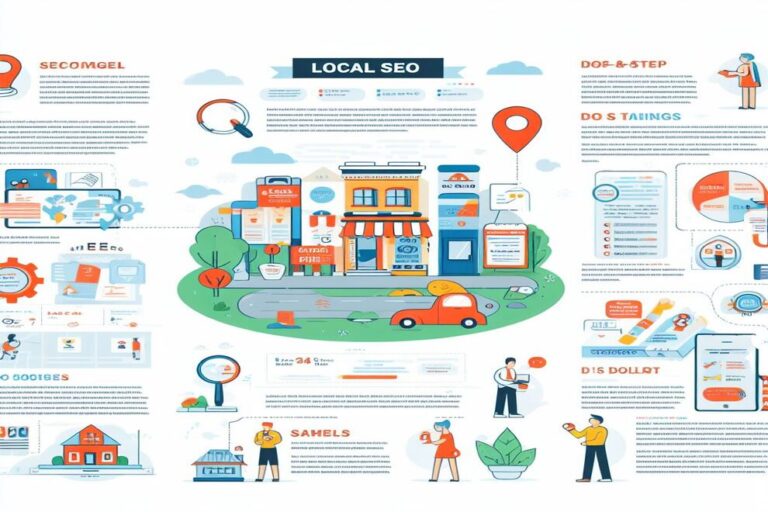Cause and effect: The case for cause marketing

In the ever-evolving landscape of marketing, there’s a strategy that has gained tremendous traction in recent years – cause marketing. This powerful approach allows businesses to make a positive impact on the world while simultaneously promoting their products or services. In this blog post, we’ll explore the concept of cause marketing, its benefits, and how it can be a win-win strategy for both businesses and the causes they support.
What is Cause Marketing?
Cause marketing, often referred to as “cause-related marketing,” is a strategic partnership between a business and a non-profit organization or a social cause. The primary goal is to generate mutual benefits: the business increases its brand visibility and reputation while contributing to a cause’s social or environmental goals.
In a cause marketing campaign, a business typically promotes its products or services by pledging to donate a portion of the sales or proceeds to the chosen cause. This partnership can be long-term or short-term, depending on the objectives.
The Benefits of Cause Marketing
- Positive Brand Image: One of the most significant benefits of cause marketing is the enhancement of a brand’s image. When a business associates itself with a social cause, it is seen as more than just a profit-driven entity. It showcases a commitment to social responsibility and making a positive impact.
- Customer Loyalty: Cause marketing can foster customer loyalty. Consumers are more likely to support businesses that align with their values. When customers know that their purchases are contributing to a cause they care about, they are more likely to stay loyal to the brand.
- Increased Sales: Cause marketing can boost sales, as consumers are often more inclined to purchase a product when they know a portion of the proceeds will be directed towards a good cause. This win-win situation benefits both the business and the cause.
- Media and Publicity: Cause marketing campaigns often garner media attention and positive public relations. The partnership between a business and a cause can result in press coverage, social media buzz, and increased visibility.
- Employee Morale: Employees appreciate working for a socially responsible company. Cause marketing can boost employee morale and attract top talent who want to be a part of a company that gives back to the community.
Successful Examples of Cause Marketing
Several notable businesses have successfully integrated cause marketing into their strategies. Here are a few examples:
- TOMS Shoes: For every pair of shoes sold, TOMS donates a pair to a child in need. This “One for One” model has made a significant impact and is integral to their brand identity.
- Dove’s Self-Esteem Project: Dove’s campaign focuses on promoting self-esteem and positive body image. They’ve partnered with various organizations to create a more inclusive and positive beauty culture.
- RED and Apple: The partnership between RED and Apple has raised millions to fight AIDS. A portion of the sales of specific Apple products goes to the Global Fund.
Tips for a Successful Cause Marketing Campaign
- Authenticity: Choose a cause that aligns with your brand’s values and mission. Authenticity is key to building trust with your audience.
- Transparency: Be clear about how your contributions will be used and the impact they will have on the cause.
- Collaboration: Partner with a reputable non-profit organization that has a proven track record of achieving positive results.
- Tell Your Story: Share your cause marketing story with your audience through various marketing channels. Let your customers know how their purchases make a difference.
- Long-term Commitment: Consider long-term partnerships rather than one-off campaigns. This shows sustained dedication to the cause.
In conclusion, cause marketing is a powerful strategy that benefits businesses, causes, and society as a whole. By aligning your brand with a cause and communicating your commitment effectively, you can make a positive impact while also growing your business. It’s a win-win scenario that’s worth considering in your marketing strategy.





